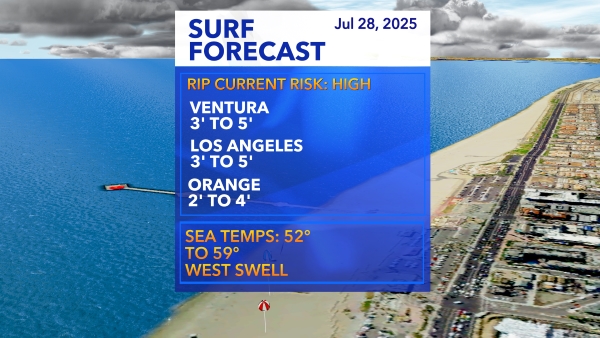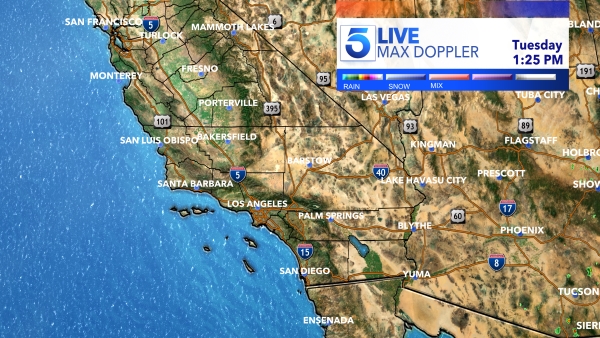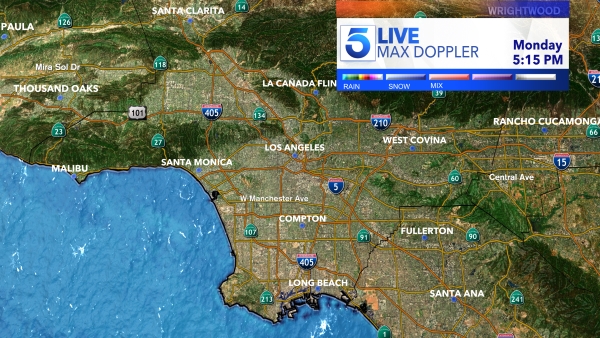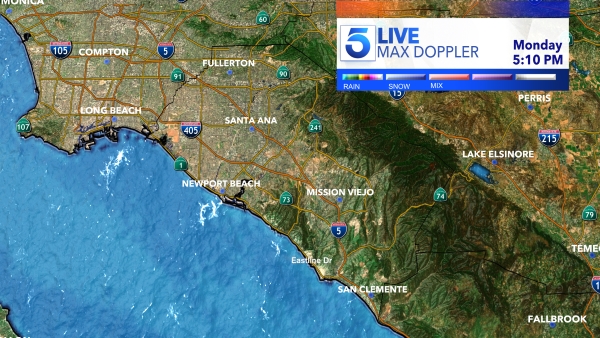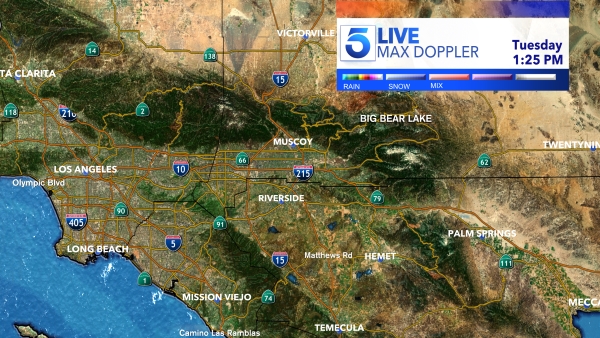A year ago, thousands of Californians trekked to nature preserves and scenic hillsides to enjoy the epic “superbloom” of wildflowers that followed one of the wettest and snowiest winters on record.
The blooms were so vivid and abundant they were even visible from space.
Fast forward to Spring 2024 and, after another extraordinarily wet and snowy winter, there was hope a “superbloom” would materialize again.
Unfortunately, it hasn’t – and experts say that’s largely the result of the weather and the end of the drought.
“Last year’s ‘superbloom’ was preceded by a significant drought,” says Naomi Fraga, Director of Conservation Programs at California Botanic Garden. “A lot of the weed species that these wildflowers normally compete with were tamped down and the seeds had died off, and that really allowed the wildflowers to flourish.”
This year, Fraga says, many weeds are back in full force and crowding many wildflowers, including the stunning poppies that were especially bountiful last spring.
“They have to compete for moisture, sunlight, and other elements of the environment. So, it’s really dampened the bloom for native wildflowers,” she told KTLA 5 News.
“Superbloom” is not a scientific term with a clear definition but rather an observation or consensus based on previous years.
While the hope of seeing another “superbloom” in California this year is largely a bust, Fraga says there are still many places to enjoy blooming wildflowers.

Mustards, she says, are thriving.
Death Valley received more rainfall this winter than last, which is producing pockets of beautiful blooms; albeit less diverse. Also, the eastern Sierra Nevada is seeing hillsides covered in brilliant yellow flowers known as Bigelow’s Tickseed.
“Just because we don’t have a technical ‘superbloom,’ it’s still a wonderful opportunity to get in touch with nature because California has a lot of wildflowers blooming now through the spring and summer,” Fraga said.
